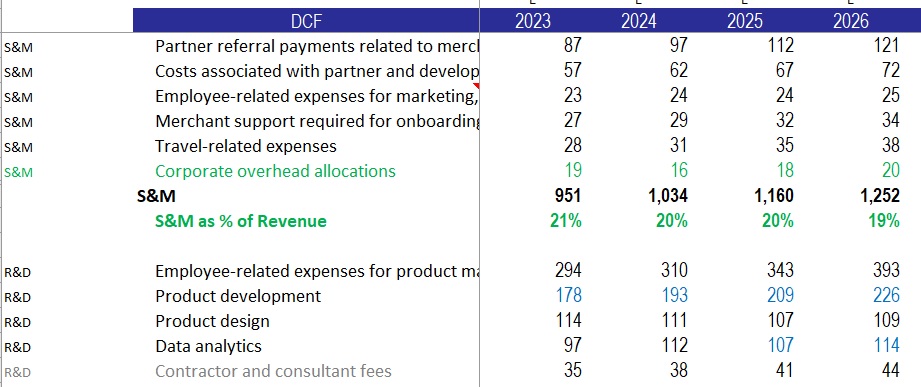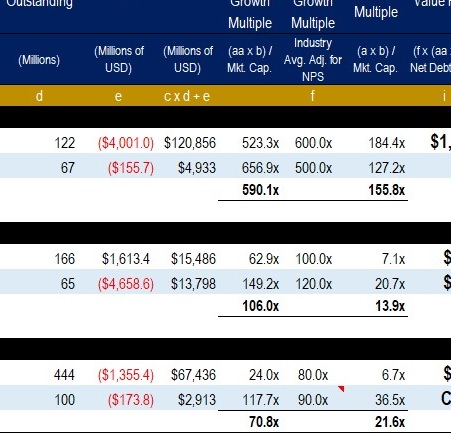CES 2017 could quietly go down as the most informative event for self-driving in history. The large majority of news came from Mobileye’s press conference in front of a crowd of 150 mostly institutional investors. Three things we saw were:
- The World’s first technical “Highly automated driving” solution based on Mobileye’s EyeQ3 chip will be coming out later this year with the Audi A8 (likely a 2018 model). A driver can have his or her eyes off the road while the car drives itself. If there is a situation on the road that the automated system can not handle, the driver will have 10 seconds to finish their text message or doing their make-up and re-engage in driving. The Audi A8 has historically sold for over $80,000 and this package may come at an additional cost. This technology will leapfrog Tesla’s Autopilot and other assisted driving solutions in production from Mercedes and BMW. Perhaps the biggest positive is that this solution would likely require Mobileye’s Roadmap, meaning that this product is already good enough for production after only being started a couple of years ago. Further ASP information on this will likely come out over the next few months. This is a strong positive for Mobileye (MBLY-US) and a slight negative for Tesla (TSLA-US).
- Mobileye is co-developing driving policy for its self-driving vehicle partnership with BMW while Delphi will take over the software algorithms for trajectory planning through its Ottomatika division. Mobileye was previously thought to have a strong enough solution here. This will come at a price for them, while aiding BMW and Delphi to a lesser extent. Recall driving policy was called out by Mobileye at CES 2016 as one of the three pillars of autonomous driving along with sensing and mapping. This is a negative for Mobileye (MBLY-US) longer-term, and a slight positive for BMW (BMW-EU)/Intel and Delphi (DELP-US).
- Mobileye is in the final stages of negotiation in coming to an agreement on crowdsourcing a World roadmap. If and when an agreement is finalized, this would be a major competitive moat that would make it difficult for companies such as Google, Baidu, Uber and Apple to duplicate. By 2018 an estimated 2 million cars will be transmitting data Globally for mapping. Issues still under negotiation include who owns and has rights to the data, how data will be interpreted and mixed from multiple OEMs and how sharing road maps can be monetized by all parties. It was mildly surprising that Mobileye Co-founder, CTO and Chairman Amnon Shashua admitted that this is not their biggest differentiator and that others can create their own roadmap. This likely translates to a number of automotive OEMs not being a part of negotiations. Recall Tesla has already gained over 2 million miles a day for its drivers equipped with ultrasonic sensors, radar and cameras in their cars. With Tesla production set to increase substantially with Model 3, crowdsourcing maps in many regions could be a possibility for the company. The news of advanced negotiations is a slight positive for Mobileye.
After everything is said and done, Mobileye has advanced its position materially in the near-term with the Audi A8 while NVIDIA was relatively quiet in its discussion on PX DRIVE 2 developments. While Tesla’s Gigafactory investor day has helped the stock move higher, they are losing out to Mobileye on the automated driving front at the moment. With CES 2017, Mobileye has generally increased its chances that it will be the developer of vision and roadmap systems used for fully autonomous driving.


